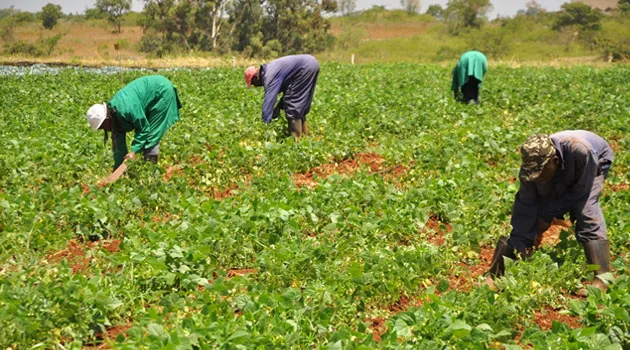The United States Department of Agriculture (USDA) has issued a stark warning about the severe consequences of climate change on Ghana’s agriculture sector.
The Department forecasts that the country will need to invest at least US$160 million annually to mitigate these impacts.
In its 2023 Ghana Climate Change Report, the USDA highlighted that climate change is already affecting the country’s water resources through droughts and potential floods, even from neighboring countries.
Rising temperatures, altered rainfall patterns, and increased frequency of extreme weather events pose significant threats to Ghana’s economy, food security, and livelihoods.
To address these challenges, the USDA recommends a comprehensive approach to agriculture, which could cost billions of dollars annually.
The Department emphasized the need for drastic environmental management measures, enhanced risk preparedness, sustainable energy production, modernized transportation systems, and more resilient infrastructure.
The World Bank estimates that the annual cost of implementing these interventions will be approximately US$2 billion.
Rising temperatures are projected to reduce yields in major staple crops, with cassava and corn yields expected to decline significantly by 2080 and 2050, respectively.
Additionally, increased pests and diseases due to warmer temperatures can lead to crop failures and reduced yields.
Current Agricultural Challenges
Recent events in Ghana’s agriculture sector have underscored the USDA’s and World Bank’s forecasts. In the Northern region, hectares of maize and other cereal crops are being devastated by drought and dry weather conditions.
Farmers in the Bono, Bono East, and Ahafo regions are also facing severe challenges due to army worm infestations.
These incidents highlight the urgent need for action to address the impacts of climate change on Ghana’s agriculture.


